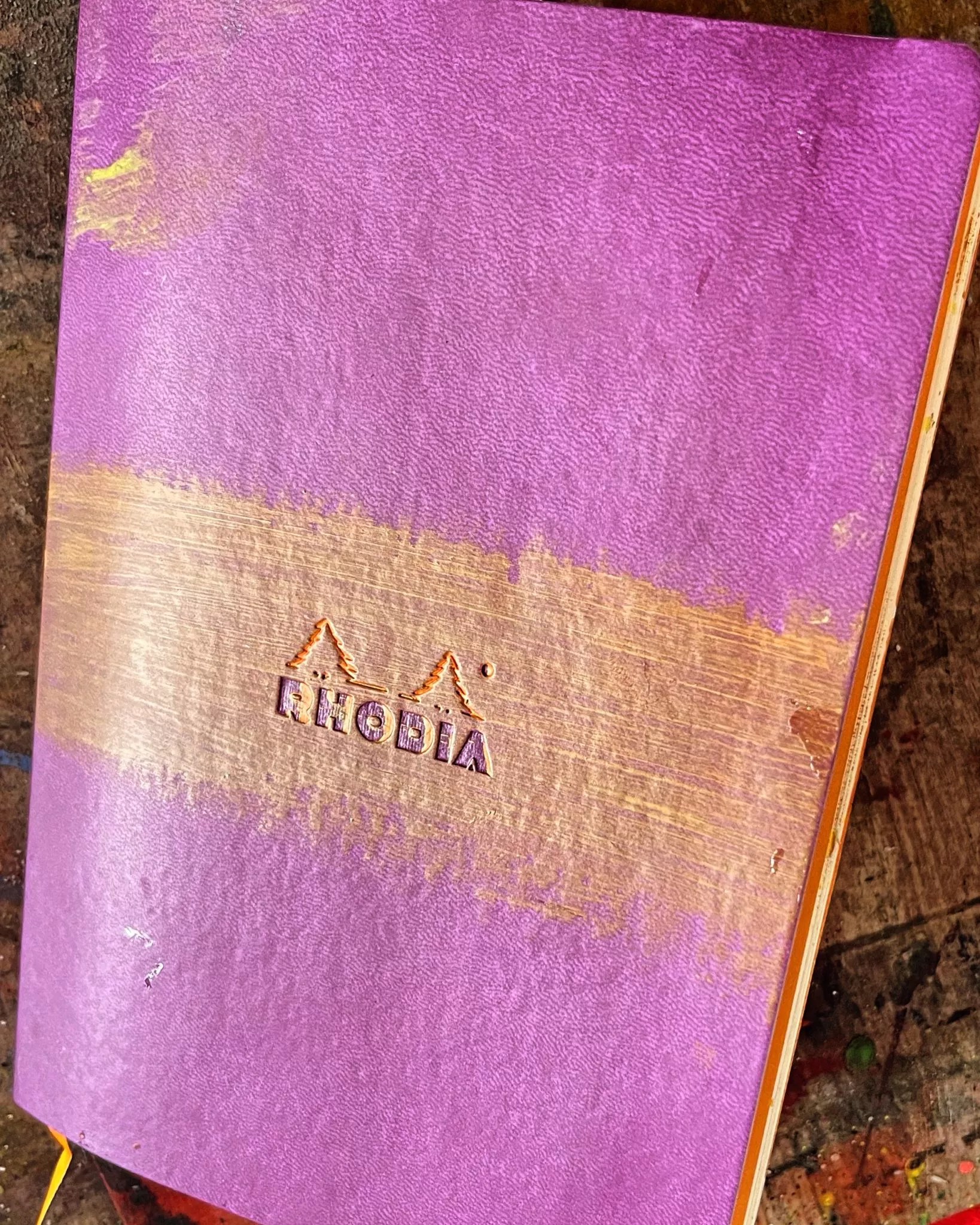Share
As an artist I’ve recently discovered the invaluable practice of keeping a visual/written artistic journal. I hope to find this artistic journal indispensable.
An artistic journal is such a multifaceted tool, crucial for capturing any fleeting ideas, documenting my creative journey, and experimenting in a judgment-free space. Especially important when creating from the deepest most personal places.

This journal is also where I jot down thoughts and sketches as they come, no matter how raw or unrefined. It acts as a repository for my creative sparks, ensuring that no idea is lost to the business of my daily life. I particularly love that these entries, over time, become a rich source of inspiration that I can revisit and evolve into more developed work.

To other artists, I recommend adopting this practice. Start simple—a notebook will do. Remember, there’s no need to curate or polish what goes into it. The goal is to create a personal space where your ideas can flourish and your artistic journey can be documented.
Starting a visual and written journal can be a fulfilling way to explore your creativity and document your journey. Here’s how to get started in six easy steps:
Want some inspiration? Take a look at my artistic journal entries in my highlights here.
About Simone

Experience the magic of colour and nature with my stunning abstract art. Every piece is crafted to bring you joy and elevate your space, making it a focal point that sparks admiration and conversation. Let your home reflect your love for art and beauty."
Simone Woods - Based in the beautiful South Downs in West Sussex, UK.
Other Posts